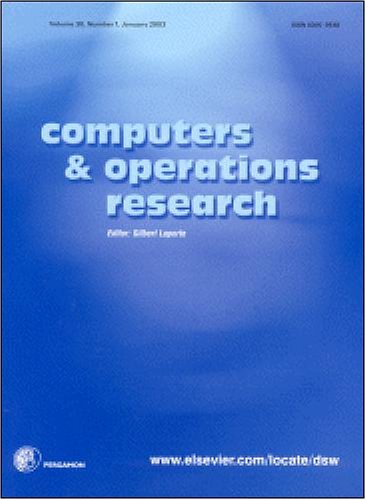A mixed-integer programming approach for optimizing flow jamming attacks
 Article Status: Published
Article Status: PublishedPublication Year: 2018
Satish Vadlamani, Hugh Medal, David Schweitzer, Apurba Nandi, Burak Ekşioğlu. Vadlamani, S., Schweitzer, D., Medal, H., Nandi, A., & Eksioglu, B. (2018). A mixed-integer programming approach for locating jamming devices in a flow-jamming attack. Computers & Operations Research, 95, 83-96.
[PDF] [External Link]
The ubiquitous nature of wireless networks makes them increasingly prone to jamming attacks as such attacks become more sophisticated. In this paper, we seek to gain understanding about a particular type of jamming attack: the flow-jamming attack. Toward this end, we provide a mixed-integer programming model for optimizing the location of jamming devices for flow-jamming attacks. An accelerated Benders decomposition approach was used to solve the model. We solved the problem for two realistic networks and 12 randomly generated networks and found that the Benders approach was computationally faster than CPLEX for nearly all the problem instances, particularly for larger problems with 1000 binary variables. The experimental results show that optimally locating jamming devices can increase the impact of flow-jamming attacks. Specifically, as the number of possible locations increases the jammers’ efficacy increases as well, but there is a clear point of diminishing returns. Also, adding lower-powered jammers to work in conjunction with higher powered jammers significantly increases overall efficacy in spite of the power difference.


